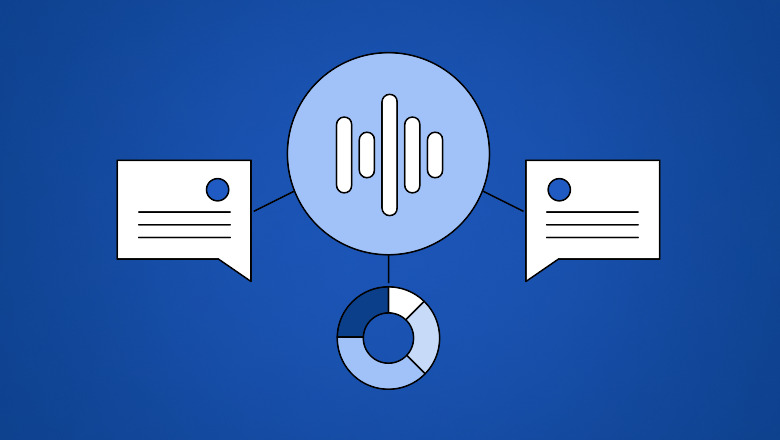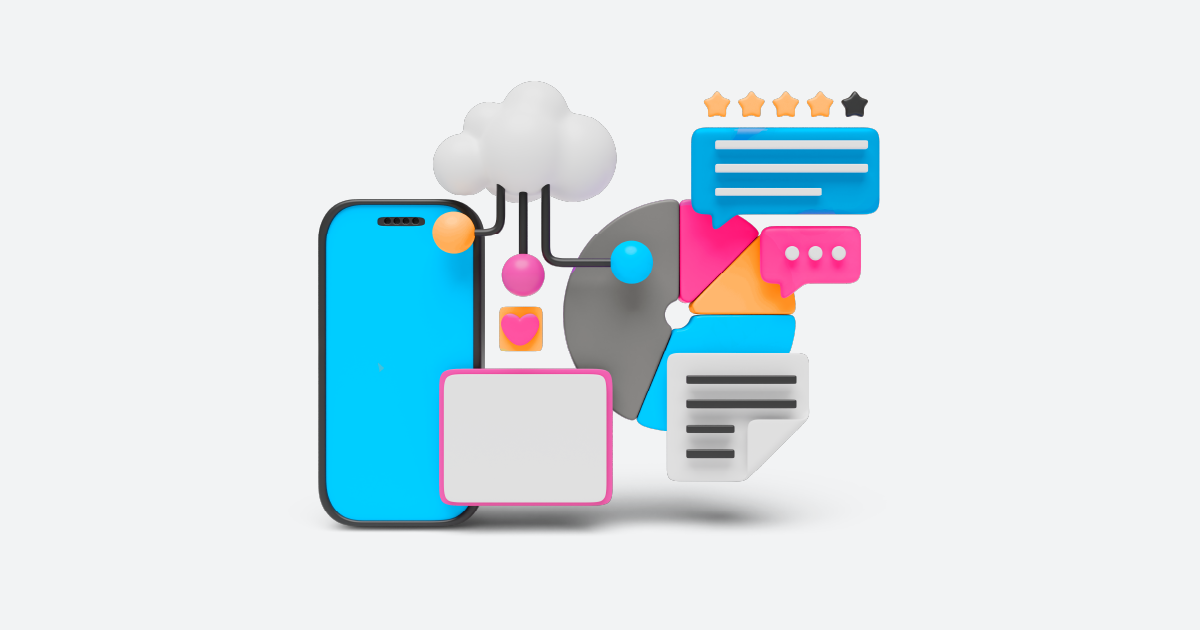Have you ever wondered what people are saying about your brand online? Social listening demo is your answer. It’s like having superhuman ears that pick up on all the buzz surrounding your business across social media platforms, forums, blogs, and more. But what exactly is social listening? In a nutshell, it’s the process of tracking and analyzing online conversations to understand what people are saying about a brand, product, or industry.
Importance of Social Listening Demo

Imagine being able to tap into the minds of your customers and hear their unfiltered opinions. That’s the magic of social listening. It’s not just about eavesdropping; it’s about gaining insights that can shape your business strategy, improve customer satisfaction, and give you a competitive edge. In today’s digital age, where a single tweet can go viral, staying on top of social chatter is crucial.
How Social Listening Works
1. Key Components of Social Listening
Social listening isn’t just about skimming through comments. It involves:
- Monitoring: Keeping an eye on mentions, hashtags, and keywords related to your brand.
- Analysis: Interpreting the data to understand sentiment, trends, and emerging issues.
- Engagement: Responding to and engaging with the audience to build stronger relationships.
Social Listening Tools
From Hootsuite to AIM Insights, numerous tools can help you dive into the depths of social media conversations. These tools use advanced algorithms to sift through the noise and deliver actionable insights. They can track mentions, analyze sentiment, and even predict future trends based on current data.
Benefits of Social Listening Demo
1. Enhancing Customer Engagement
Think of social listening as a two-way street. Not only do you get to hear what your customers are saying, but you also have the opportunity to respond in real-time. This can significantly enhance customer engagement and loyalty. For instance, if a customer tweets about an issue they’re facing, a quick and helpful response from your brand can turn a dissatisfied customer into a loyal advocate.
2. Identifying Trends and Insights
Social listening allows you to stay ahead of the curve by identifying emerging trends and insights. By analyzing conversations, you can spot patterns that indicate shifts in consumer behavior, preferences, or industry developments. This can help you adapt your marketing strategies and product offerings to meet changing demands.
3. Crisis Management
In the age of social media, a small issue can quickly escalate into a full-blown crisis. Social listening can serve as an early warning system, alerting you to potential issues before they spiral out of control. By staying vigilant and addressing problems promptly, you can protect your brand’s reputation and maintain customer trust.
Steps to Implement Social Listening
1. Define Your Goals
Before diving into social listening, it’s essential to define what you want to achieve. Are you looking to improve customer service, gather product feedback, or track brand sentiment? Clear goals will guide your efforts and help you measure success.
2. Choose the Right Tools
Selecting the right tools is crucial for effective social listening. Consider factors such as the platforms you want to monitor, the features you need, and your budget. Popular tools include AIM Insights, Mention, and Talkwalker.
3. Monitor Relevant Keywords
To capture relevant conversations, you need to monitor specific keywords related to your brand, products, industry, and competitors. Don’t forget to include common misspellings and variations to ensure you don’t miss any important mentions.
4. Analyze the Data
Once you’ve gathered data, it’s time to analyze it. Look for patterns, trends, and insights that can inform your strategy. Sentiment analysis can help you understand the overall tone of conversations, while engagement metrics can show you which topics resonate most with your audience.
5. Take Action
Social listening is only valuable if you act on the insights you gain. Whether it’s responding to customer feedback, adjusting your marketing strategy, or developing new products, use the information you gather to make informed decisions that benefit your brand.
Case Studies
Example 1: Brand X
Brand X, a leading retailer, used social listening to identify a growing trend for eco-friendly products. By monitoring conversations about sustainability, they discovered a demand for reusable shopping bags. They quickly launched a campaign promoting their new line of eco-friendly bags, which was met with overwhelming positive feedback.
Example 2: Brand Y
Brand Y, a tech company, faced a potential PR crisis when a new product received negative reviews. Through social listening, they identified the specific issues customers were experiencing and addressed them promptly. Their swift response not only mitigated the crisis but also demonstrated their commitment to customer satisfaction.
Challenges
1. Data Overload
With millions of conversations happening online, sorting through the noise to find valuable insights can be overwhelming. It’s essential to have robust tools and a clear strategy to manage the volume of data.
2. Privacy Concerns
As social listening involves monitoring public conversations, it’s important to respect privacy and data protection regulations. Always ensure you’re compliant with laws such as GDPR and CCPA.
3. Analyzing Sentiment
Understanding the sentiment behind online conversations can be tricky. Sarcasm, irony, and cultural differences can all affect how comments are interpreted. Advanced sentiment analysis tools can help, but human oversight is still crucial.
Future Trends
1. AI and Machine Learning
Artificial intelligence and machine learning are revolutionizing social listening. These technologies can analyze vast amounts of data more accurately and quickly, providing deeper insights and predictions.
2. Integration with Other Marketing Tools
Integrating social listening with other marketing tools, such as CRM and analytics platforms, can provide a more holistic view of your brand’s performance and customer interactions.
Conclusion
Social listening demo is a powerful tool that can help brands stay connected with their audience, identify trends, and manage their reputation. By implementing a robust social listening strategy, you can turn online conversations into actionable insights that drive your business forward. Ready to see the power of social listening in action? Request a demo from AIM Technologies today and discover how we can help you harness the full potential of social listening for your brand.
FAQs
1. What is the difference between social listening and social monitoring?
- Social listening involves analyzing conversations to gain insights, while social monitoring focuses on tracking mentions and responding to them.
2. Can small businesses benefit from social listening?
- Absolutely! Social listening can help small businesses understand their audience, improve customer service, and identify growth opportunities.
3. How often should I review my social listening data?
- It’s recommended to review your data regularly, at least once a week, to stay on top of trends and respond promptly to any issues.
4. What are some free tools for social listening?
- Some free tools include Google Alerts, Social Mention, and TweetDeck. While they may have limited features, they can still provide valuable insights.
5. How can I measure the success of my social listening efforts?
- Success can be measured through various metrics, such as increased engagement, improved sentiment, and successful crisis management.



